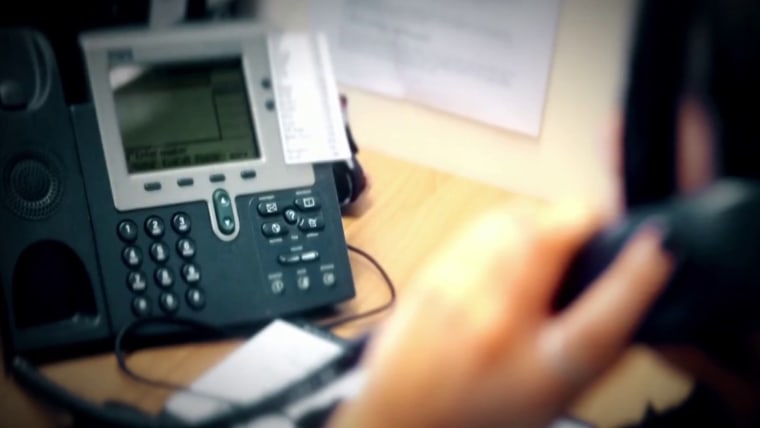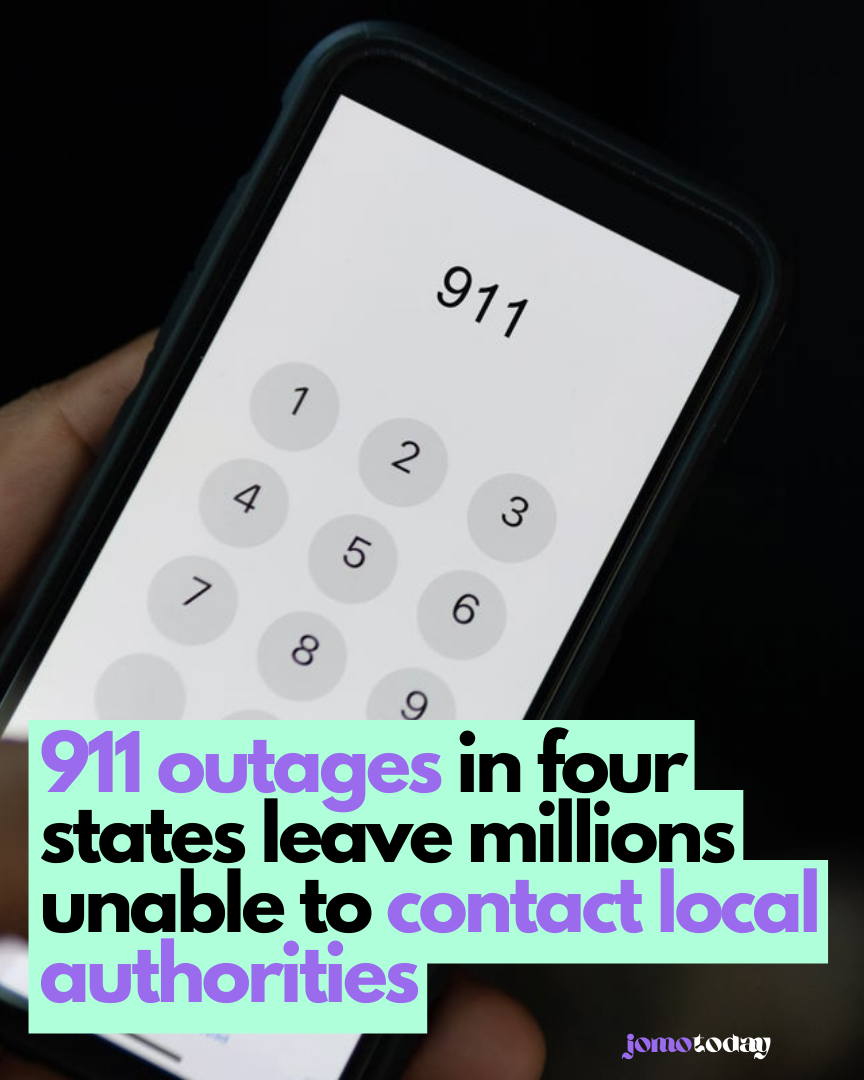Law enforcement agencies in four states were caught off guard by widespread reports of significant 911 service disruptions late Wednesday, leaving millions unable to reach authorities.

Many of the outages, reported across several states including Nebraska, Nevada, South Dakota, and Texas, were resolved by late evening. However, the Federal Communications Commission (FCC) has announced that its investigation into the 911 multi-state outages is just beginning.
FCC Chairwoman Jessica Rosenworcel emphasized the importance of ensuring emergency calls reach their destinations and stated that the FCC is actively investigating the cause and impact of the outages.
Law enforcement officials informed NBC News that, as of Thursday, there is no evidence suggesting the outages were the result of a cyberattack or other malicious activity.
The outages appear to be linked to Lumen Technologies, according to a spokesperson for the company. In Nevada, South Dakota, and Nebraska, some customers experienced disruptions when a third-party company, unrelated to Lumen, accidentally severed fiber optic cables while installing a light pole, as explained by Lumen’s spokesperson, Mark Molzen.
Molzen stated that Lumen restored all services within approximately two and a half hours, emphasizing their technicians’ efforts to identify and rectify the issue promptly.
The outage follows a similar incident in February involving widespread AT&T outages across multiple states, which the carrier attributed to a process error rather than a cyberattack.
Local law enforcement agencies in South Dakota reported a statewide outage shortly before 7 p.m. local time on Wednesday, with service restored about two hours later. During the outage, alternative phone numbers were provided for first responders, and texting to 911 was available as an option to contact authorities.
Sioux Falls Fire Assistant Chief Mike Gramlick confirmed the outage duration and the number of calls received during that time, noting the significant impact on emergency services.
In Douglas County, Nebraska, officials echoed Lumen’s explanation regarding the severed fiber optic cables.
Lumen Technologies informed Douglas County 911 that a fiber cut caused the outage, but did not disclose the location of the damage, according to Kathy Allen, the director of Douglas County 911. Service for the agency was fully restored by 4 a.m. Thursday, Allen stated.
In Nevada, the Las Vegas Metropolitan Police reported a 911 outage around 7 p.m. local time (10 p.m. ET), impacting the ability to contact them. They advised locals to dial 911 on mobile devices, which dispatch could see and call back, as calls from landlines were not functioning at the time.
By 9 p.m. (midnight ET), calls were operational again. The department assured that all individuals who called during the outage were contacted and provided assistance.
Some agencies attributed the issue to wireless carriers. Sarpy County 911 in Nebraska shared on X Wednesday night that some wireless carriers were unable to reach 911. The problem was resolved approximately three hours later.
Del Rio Police in Texas indicated on social media Wednesday evening that the issue lay with the carrier and not the City of Del Rio systems. According to Juan Hernandez, the department’s communications supervisor, the problem appeared to be with T-Mobile’s service, affecting T-Mobile customers exclusively.
The Chase County Sheriff’s Office reported that 911 was down across the State of Nebraska for all cellular carriers except T-Mobile, while landlines could still reach 911.
An AT&T spokesperson stated on Thursday, “Our network is operating normally. There appeared to be an issue on another carrier’s network that could have affected calls to 9-1-1.” The spokesperson clarified that the disruption was not a FirstNet issue.
Retired Rear Adm. David Simpson, who previously served as the chief of the FCC’s Public Safety and Homeland Security Bureau, explained to NBC News that today’s 911 service isn’t a nationwide system. He noted the existence of over 6,000 jurisdictions for 911, emphasizing variations in equipment and budget decisions from state to state. Simpson highlighted the current system’s lack of resilient backups, such as additional cables for path diversity, multiple telecommunications carriers, updated equipment, and multiple routers, which could prevent outages on several levels.
Disclaimer:
This content is AI-generated using IFTTT AI Content Creator. While we strive for accuracy, it’s a tool for rapid updates. We’re committed to filtering information, not reproducing or endorsing misinformation. – Jomotoday for more information visit privacy policy






Leave a Comment